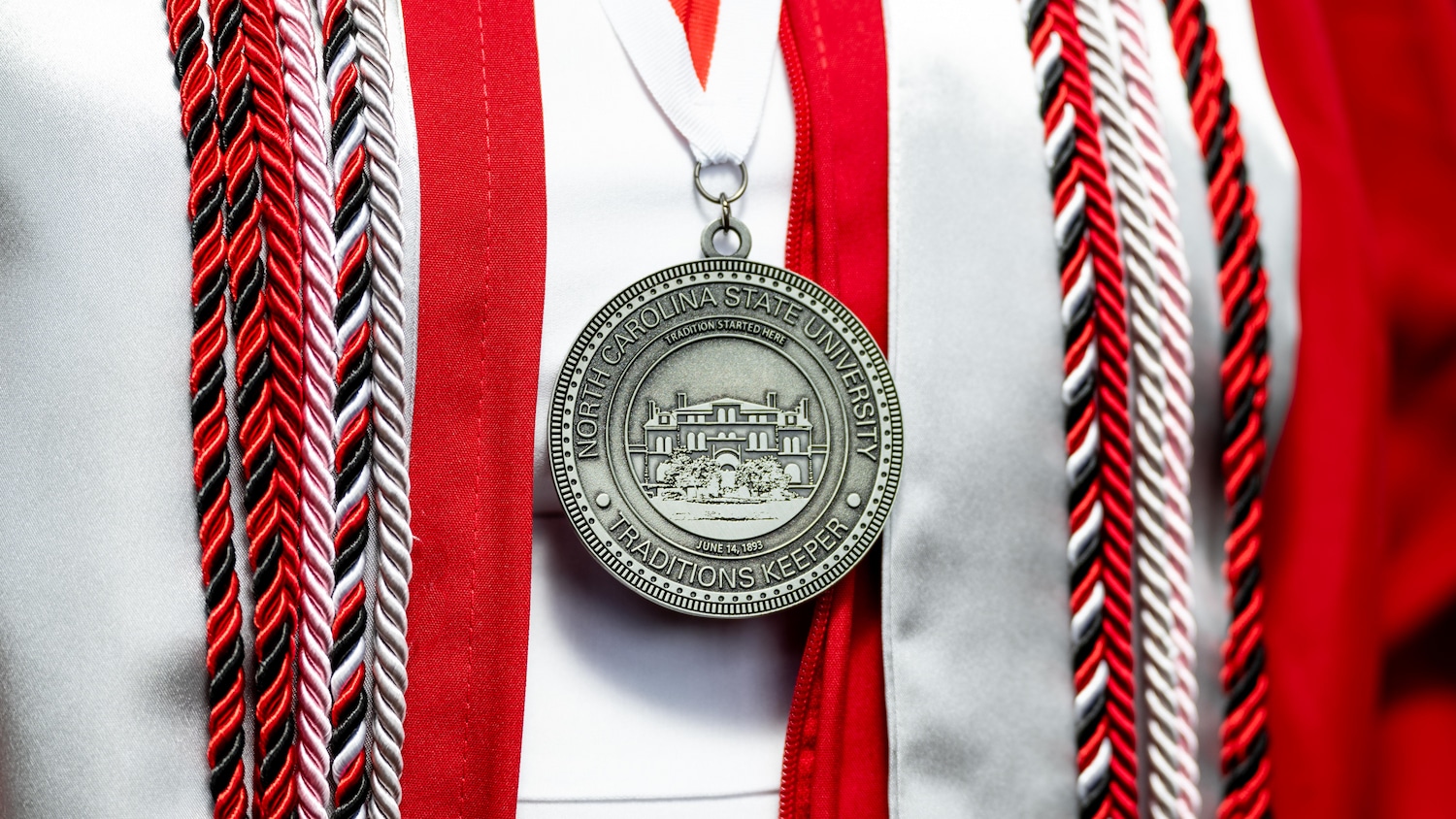Mimicking Nature, Water-Based ‘Artificial Leaf’ Produces Electricity
A team led by a North Carolina State University researcher has shown that water-gel-based solar devices – “artificial leaves” – can act like solar cells to produce electricity. The findings prove the concept for making solar cells that more closely mimic nature. They also have the potential to be less expensive and more environmentally friendly than the current standard-bearer: silicon-based solar cells.
The bendable devices are composed of water-based gel infused with light-sensitive molecules – the researchers used plant chlorophyll in one of the experiments – coupled with electrodes coated by carbon materials, such as carbon nanotubes or graphite. The light-sensitive molecules get “excited” by the sun’s rays to produce electricity, similar to plant molecules that get excited to synthesize sugars in order to grow, says NC State’s Dr. Orlin Velev, Invista Professor of Chemical and Biomolecular Engineering and the lead author of a paper published online in the Journal of Materials Chemistry describing this new generation of solar cells.
Velev says that the research team hopes to “learn how to mimic the materials by which nature harnesses solar energy.” Although synthetic light-sensitive molecules can be used, Velev says naturally derived products – like chlorophyll – are also easily integrated in these devices because of their water-gel matrix.
Now that they’ve proven the concept, Velev says the researchers will work to fine-tune the water-based photovoltaic devices, making them even more like real leaves.
“The next step is to mimic the self-regenerating mechanisms found in plants,” Velev says. “The other challenge is to change the water-based gel and light-sensitive molecules to improve the efficiency of the solar cells.”
Velev even imagines a future where roofs could be covered with soft sheets of similar electricity-generating artificial-leaf solar cells.
“We do not want to overpromise at this stage, as the devices are still of relatively low efficiency and there is a long way to go before this can become a practical technology,” Velev says. “However, we believe that the concept of biologically inspired ‘soft’ devices for generating electricity may in the future provide an alternative for the present-day solid-state technologies.”
Researchers from the Air Force Research Laboratory and Chung-Ang University in Korea co-authored the study. The study was funded by the Air Force Research Laboratory and the U.S. Department of Energy. The work is part of NC State’s universitywide nanotechnology program, Nano@NC State.
NC State’s Department of Chemical and Biomolecular Engineering is part of the university’s College of Engineering.
– kulikowski –
Note to editors: The abstract of the paper follows. Velev is currently in Europe on academic leave; please consider the time difference when attempting to contact him.
“Aqueous soft matter based photovoltaic devices”
Authors: Hyung-Jun Koo and Dr. Orlin D. Velev, NC State University; Suk Tai Chang, Chung-Ang University, Seoul, Korea; Joseph M. Slocik and Rajesh R. Naik, Air Force Research Laboratory
Published: Online Sept. 21, 2010, in Journal of Materials Chemistry
Abstract: We present a new type of photovoltaic system based on aqueous soft gel materials. Two photosensitive ions, DAS and [Ru(bpy)3]2+, were used as photoactive molecules embedded in aqueous gel. The hydrogel photovoltaic devices (HGPVs) showed performance comparable with or higher than those of other biomimetic or ionic photovoltaic systems reported recently. We suggest a provisional mechanism, which is based on a synergetic effect of the two dye molecules in photocurrent generation. We found an efficient replacement of the expensive Pt counter-electrode with copper coated with carbon materials, such as carbon nanotubes, carbon black or graphite. These Cu electrodes coated with carbon layers could drastically reduce the cost of such hydrogel devices without efficiency loss. Thus, a new class of low cost and flexible photovoltaic cells made of biocompatible matrix was demonstrated. Biologically derived photoactive molecules, such as Chlorophyll and Photosystem II, were successfully operated in aqueous gel media of such HGPVs.
- Categories:


